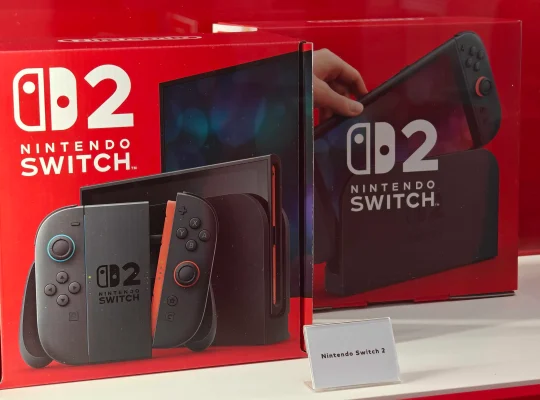Microsoft’s insistence on Trusted Platform Module (TPM) 2.0 as a requirement for Windows 11 has created a wall that many Windows 10 users simply cannot climb. The company’s own promotional popups make the situation painfully clear: if your current machine doesn’t support TPM 2.0 or other compatibility checks, you aren’t just blocked from upgrading—you’re essentially told to buy a brand-new PC.
For many, this message feels like a slap in the face. Not everyone has the financial ability to replace their hardware simply to meet Microsoft’s latest standard. Yet the push to upgrade has been relentless, with reminders and notifications nudging users toward Windows 11 while quietly dismissing those left out.
Security vs. Accessibility
Microsoft argues that TPM 2.0 is essential for improved security, offering protection against advanced malware, ransomware, and other threats. And while stronger hardware-based encryption is undeniably a step forward, critics argue that the company’s “all-or-nothing” approach ignores millions of loyal users who rely on older but perfectly functional PCs.
Many Windows 10 users are being forced into an impossible choice:
- Stick with an operating system that will eventually lose support and updates.
- Or spend hundreds—if not thousands—on new hardware they never planned to buy.
For users living paycheck to paycheck, the idea of simply purchasing a replacement computer is unrealistic, and Microsoft’s dismissive stance has only amplified frustration.
The Upgrade Divide
The reality is that Windows 10 still works well for most people. Yet Microsoft’s upgrade policy creates a digital divide, where wealthier users move forward with Windows 11 while others are left behind. This divide isn’t just about features or performance—it’s about access to technology itself.
Some users have attempted workarounds, bypassing TPM checks to install Windows 11 on unsupported systems. While these methods exist, they come with risks, as Microsoft has warned that unsupported installations may not receive updates or future fixes.
What This Means for Everyday Users
The situation highlights a growing problem in the tech industry: companies prioritizing security and innovation without considering the financial realities of their customer base. For many, being told “just buy a new PC” feels like a cold dismissal, one that fails to recognize how critical a computer is for work, education, and daily life.
As support for Windows 10 winds down, frustration will likely grow. Users want progress, but not at the cost of being forced into unnecessary spending. Without a more inclusive solution, Microsoft risks alienating the very community that helped make Windows the global standard.










